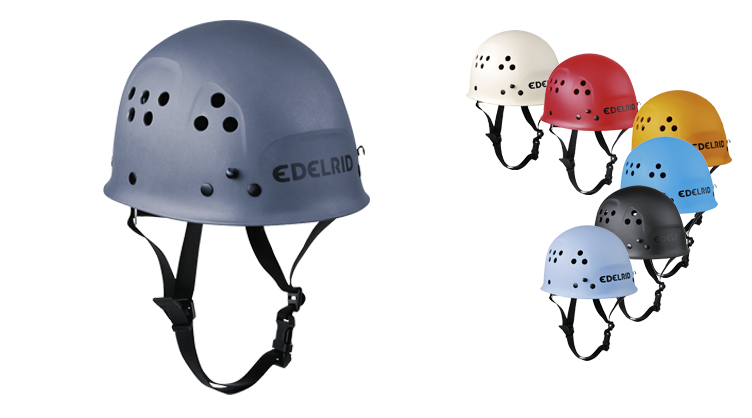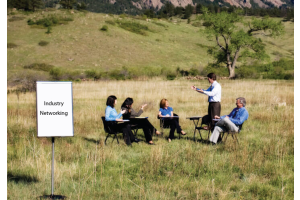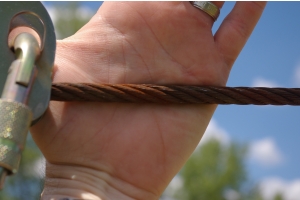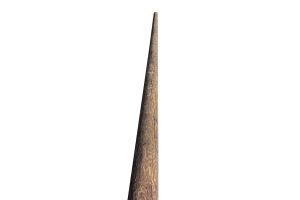Understanding Helmets

Rock climbing helmets are an essential piece of safety equipment for any climber. They protect your head from injury in the event of a fall, and they can also help to keep you warm and comfortable in cold weather. There are many different types of rock climbing helmets on the market, so it's important to choose one that's right for you.
Here are some factors to consider when choosing a rock climbing helmet:
- Fit: The most important factor to consider when choosing a rock climbing helmet is fit. The helmet should fit snugly but comfortably on your head, and it should not move around when you move your head. You should also be able to adjust the straps to get a good fit.
- Weight: Rock climbing helmets can vary in weight, so it's important to choose one that's comfortable to wear for long periods of time.
- Ventilation: Rock climbing helmets can get hot, so it's important to choose one with good ventilation. This will help to keep your head cool and comfortable.
- Protection: Rock climbing helmets are designed to protect your head from injury in the event of a fall. When choosing a helmet, it's important to consider the type of climbing you'll be doing. If you're doing lead climbing, you'll need a helmet with a higher level of protection.
- Price: Rock climbing helmets can range in price from $50 to $200. It's important to set a budget before you start shopping so that you don't overspend.
Here is a list of some of the best rock climbing helmets on the market, including the Edelrid Ultralight and Petzl Boreo:
Petzl Meteor: The Petzl Meteor is a lightweight and comfortable helmet that's perfect for all types of climbing. It has good ventilation and a high level of protection.
Black Diamond Half Dome: The Black Diamond Half Dome is another great option for all types of climbing. It's a bit heavier than the Meteor, but it has even better ventilation.
Edelrid Ultralight: The Edelrid Ultralight is a lightweight and comfortable helmet that's perfect for alpine climbing. It has good ventilation and a high level of protection.
Petzl Boreo: The Petzl Boreo is a versatile helmet that's perfect for all types of climbing, from sport climbing to trad climbing. It has good ventilation and a high level of protection.
Common Helmet Parts or Components
Most helmets have the following parts or components:
- Shell: The shell is the hard outer shell of the helmet. It's made of a strong material, such as ABS plastic or composite materials, to protect your head from impact.
- Ventilation: Helmets have vents to allow air to flow through, which helps to keep your head cool.
- Suspension system: The suspension system is the system of straps and buckles that holds the helmet in place on your head. It's important to make sure that the suspension system is adjusted properly so that the helmet fits snugly but comfortably.
- Chin strap: The chin strap helps to keep the helmet in place on your head. It's important to make sure that the chin strap is adjusted properly so that the helmet can't fall off.
- Wearing instructions: Most helmets come with wearing instructions. It's important to read and follow these instructions so that you can wear the helmet properly.
How to Fit a Helmet Properly
Here are some tips on how to fit a helmet properly:
- Put the helmet on your head and adjust the suspension system so that the helmet fits snugly but comfortably.
- Tilt the helmet back so that it sits level on your head.
- Push down on the front of the helmet to make sure that it doesn't move around.
- Adjust the chin strap so that it's snug but not too tight.
- You should be able to fit two fingers between the chin strap and your chin.
If the helmet moves around when you move your head, or if you can't fit two fingers between the chin strap and your chin, then the helmet is not fitted properly. Adjust the suspension system or chin strap until the helmet fits properly.
It's important to fit a helmet properly so that it can protect your head in the event of a fall. If the helmet doesn't fit properly, it may not be able to absorb the impact of a fall and protect your head from injury.








